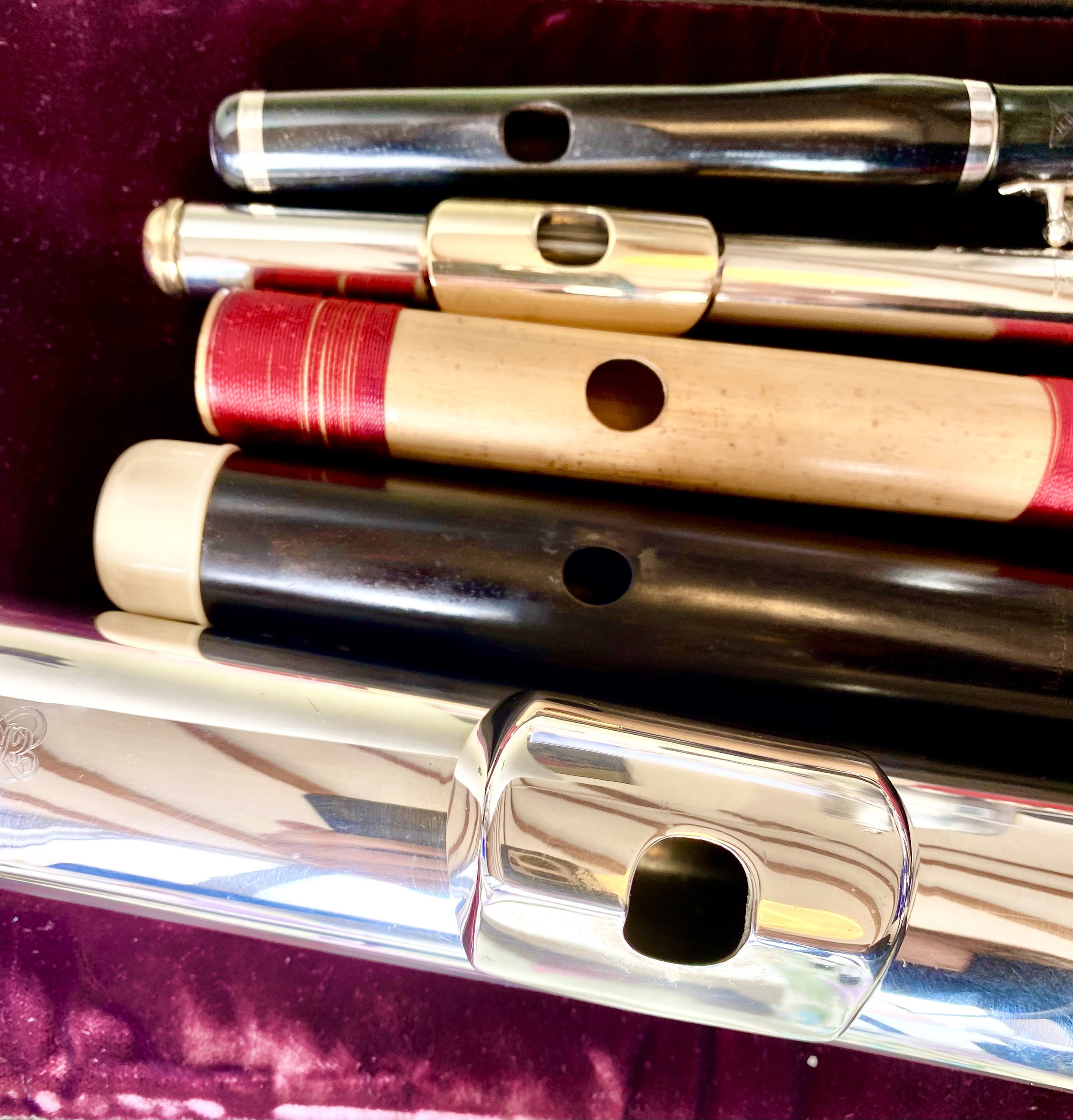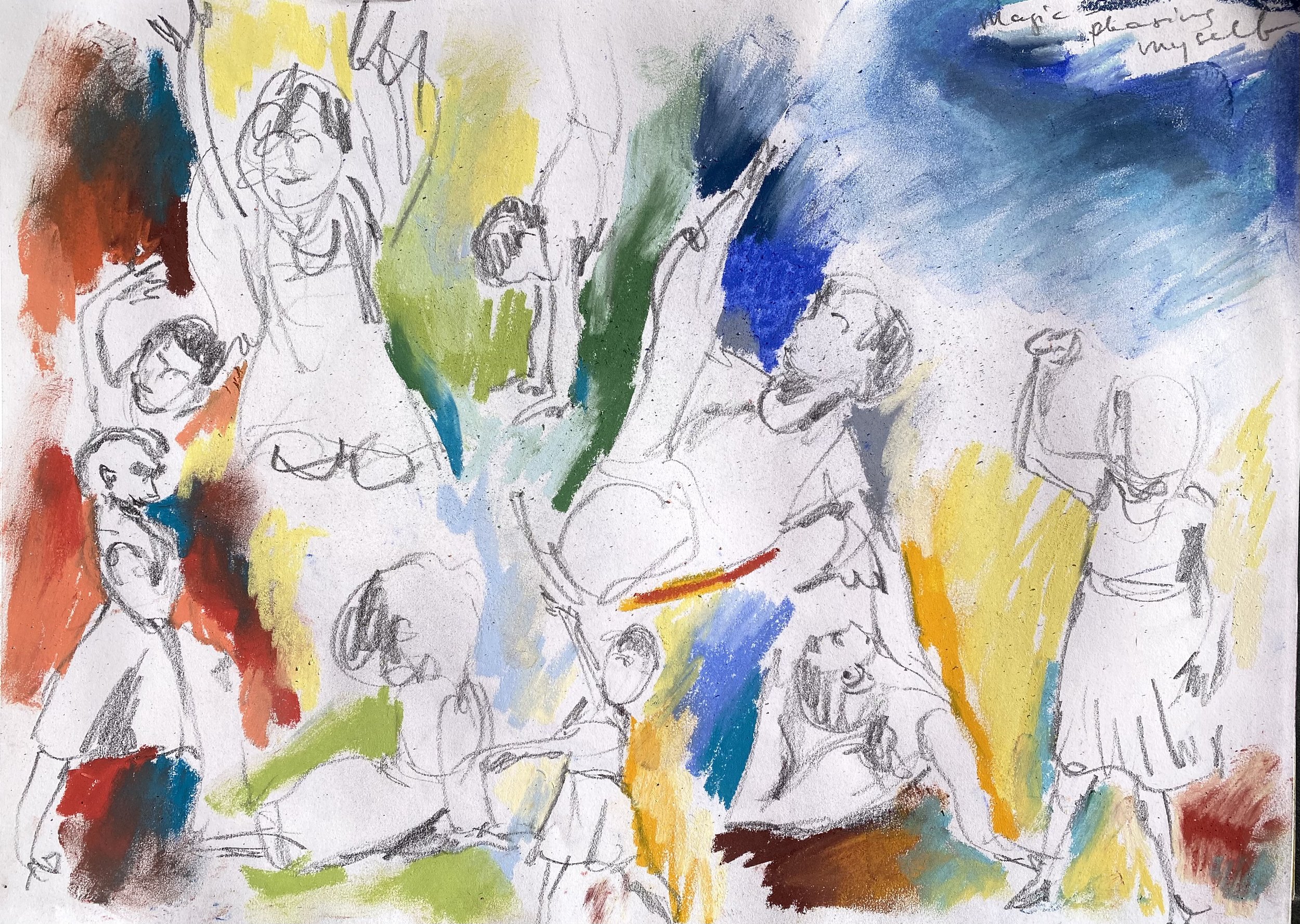Did I hear Rothko? Did I hear Retrospective? Did I fly to Paris?
Yes, times three.
(There’s magic in off-season fares, and friends with sofa-beds!)
I’m so color-obsessed I actually got out of bed early (ouch!) and made my way to the far edge of Paris to see paintings by Rothko—a master of color, and much else— in person. (I hereby give thanks to the Fondation Louis Vuitton for this splendid opportunity—never before have obscenely-priced handbags seemed so…justifiable!)
I was expecting a huge hit of COLOR; I was expecting to steep my eyeballs in his stacked threesomes of color-blocking; I was expecting genius.
What I got was: all that, PLUS a total artistic experience, a visual delight that developed over time, as if “listening” to visual “music”. The human brain cannot truly see these (or other) masterpieces in a brief glimpse, or even a lingering glance. It requires a good stretch of time to soak it all in, to feel the colors and shapes vibrating and pulsating, forward and back, drawing you into some other dimension. Details become prominent, then recede into the whole.
What I also got was: a “compendium” of great art across the ages. Not an art lesson, but covert references to what justifies mankind’s presence (so often nefarious) on our small "blue marble”: Chinese calligraphy, Turner’s skies, Homer’s seascapes, Rembrandt’s monumentality, Rembrandt’s dark depths, the patina on a Roman terra cotta wall, the rain depicted in Japanese ukiyo-e woodblocks that in turn inspired van Gogh, Mondrian’s grids, Breughel’s hellscapes…
All these, and even more, to my way of thinking, were assimilated by Rothko, as he transformed them—more magic!—into his undeniably original oeuvre.
So why was I so blown away to see Rothko’s work up close and personal? I mean, his paintings and his powerful use of color were already familiar to me…
Because art simply cannot be REPRODUCED, it must be experienced.
Ah, you might say: if only you had a book that was not A4 or A3 size, but as large as Rothko’s paintings—often something like 2 meters by 3 meters—then they would reproduce.
No, they would not.
There are too many details of texture, sheen, opacity, and optics in Rothko’s originals. Simulate, yes, equal…no. The layering of colors, the brushwork, the splotches, the evidence of spontaneity, the sheer physicality of large paintings—all this and much more just do not translate to the printed page.
And guess what? You simply cannot REPRODUCE music, either!
Ah, you might say: if only you had a very, very good stereo! It is as if (I emphasize your “as if”) the performers are there in the room!
No, it is not.
Because each performance is as unique as a painting. It is always a one-off. Your stereo system (and I was extremely lucky to receive a great system recently as a present, and am enjoying it tremendously) will at best “perform” a facsimile of ONE version of said performer playing said work of music. Over and over. This may be an extremely good version, ideal, even, but artists evolve. Artists are flighty. Unpredictable. Spontaneous. (And when they aim for consistency—as in most orchestra jobs, dare I say—some kind of death is often the result). And I will leave the question of “embodiment" for another essay…
Don’t box us in!
(And don’t pay Spotify to stream us, either! I recently learned that the owner of Spotify earned more in 2022 or 2023 than ALL THE MUSICIANS WHOSE PERFORMANCES SPOTIFY DISTRIBUTES PUT TOGETHER. Cogitate upon THAT, as my dear high school physics teacher, Mr. Cooper, RIP, would say).
Please don’t go to concerts hoping for the perfected balance of a CD unless you are willing to hear a stale performance! Don’t go to a concert to count “clams” (wrong notes). They are the price of being alive as an artist.
Go to a live concert to witness a one-off, to be part of the experience, to see musicians “decorating the passage of time”, as my Chinese friend XD explained once.
The pandemic took a bite out of the concert-going public. We need you, we love you. Let us play and be human—I promise it will be worth the trouble! On a good day, you might come upon a total artistic experience.
I promise to go to more galleries, museums, and live concerts, too! And I won’t leave it just for my fanciful Paris life; Lisbon is also chock-full of wonderful art and music.
Deal?
P.S. - Please DO still buy my CD!





